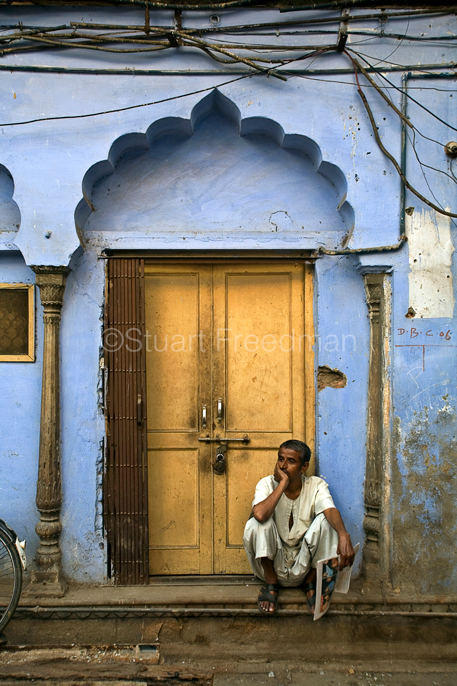I’m delighted to be the subject of a post at the rather excellent Verve Photo that features my work on capoeira in Brazil.
I must admit I was a little surprised to be included in such a blog that prides itself on showcasing ‘the new breed of documentary photographers’ as I seem (or feel) like I have already been around the block more than once, but no matter. Geoffrey Hiller was utterly charming and I was very pleased that he chose an image from a series that showcases work that isn’t necessarily dark and serious.
Many thanks to Geoffrey and I reproduce the short interview below.

“The story was on Capoeira, the martial art/dance once the (banned) preserve of African slaves, now a national symbol of Brazil. It was shot on assignment for a car magazine – Lexus – with whom I’ve photographed and written travel pieces on and off for nearly a decade. My fixer had arranged for five models – all expert Capoeiristas, and the idea was that in addition to photographing some Capoeira classes in the city, we’d make the main images on Copacabana and Leblon beaches. I remember it rained for a couple of days so I had to shoot the beach twice before I was happy. Initially I shot with two portable strobes but that felt too ‘fashioney’ so I went back to a much simpler set-up – shooting at dusk with available light and couple of fixed lenses: a much more traditional reportage feel. I’d worked in Brazil only once before in 1999 as part of a five country reportage about the Politics of Hunger. I’d shot a piece with the Landless Peasant’s Union (the MST) on squatted land in the far north: the Capoeira story was far removed from that and some of the images have formed the basis of a lifestyle folio that sees me work on ‘lighter’ stories away from pieces in Africa and Asia that I am perhaps more known for. A good balance, I think.”












